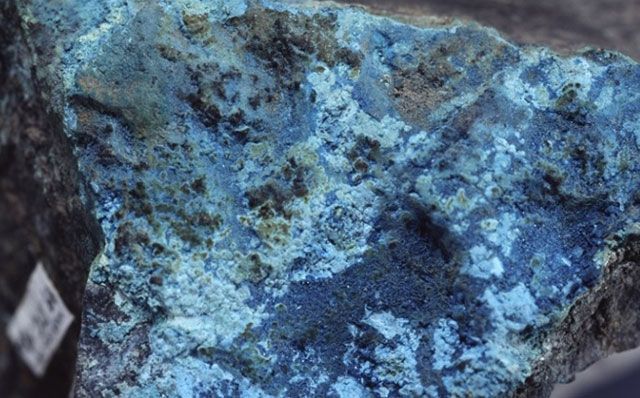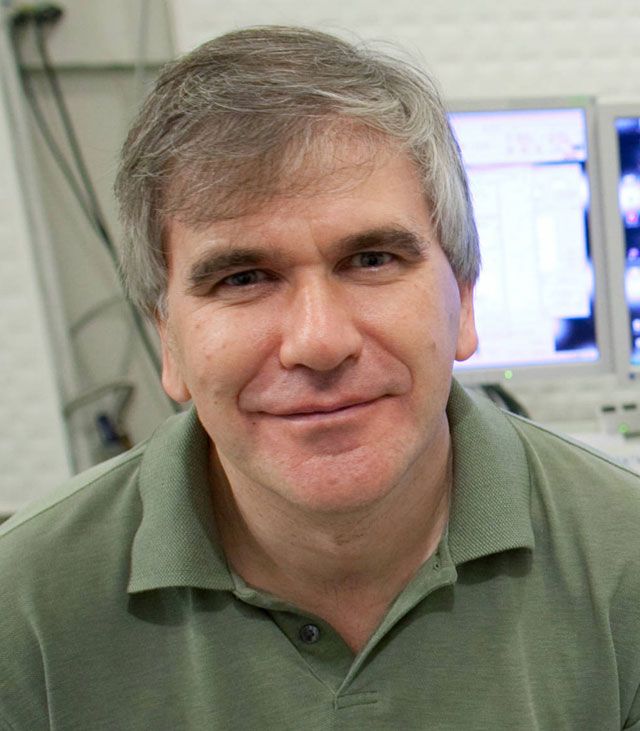An international group of researchers, include Lehigh University materials science and engineering professor Christopher Kiely, has synthesized an extremely rare mineral and used it as a catalyst precursor to improve two reactions that are of great importance to the chemical industry.
Using a technique called supercritical anti-solvent precipitation (SAS), the group produced large quantities of highly pure georgeite, a disordered copper-hydroxycarbonate that is found naturally only in Australia and in an old copper mine in Snowdonia, Wales.
The group tested georgeite’s catalytic activity against commercial catalysts that have been used for a half-century in the water-gas shift reaction, in which water reacts with carbon dioxide to produce hydrogen.
“We found that the georgeite was a superb catalyst for the water-gas shift reaction and had a much higher performance compared to the commercial catalyst currently used in industry,” said Graham Hutchings, director of the Cardiff Catalysis Institute at Cardiff University in Wales.
Hydrogen is an essential ingredient in the manufacture of methanol and ammonia, which form the basis of hundreds of chemicals, including fuels, plastics, paints, solvents and fertilizer.
The group also found that their synthesized georgeite material was highly effective in carrying out methanol synthesis, in which CO2 and hydrogen are combined to make methanol.
“Catalysts based on copper-zinc oxide minerals have been used for many decades to catalyze both of these reactions,” said Kiely. “Our georgeite-derived materials represent the first time something potentially better has come along.”
The group reported its findings this week in Nature magazine in an article titled “Stable amorphous georgeite as a precursor to a high-activity catalyst.” The article was authored by researchers from Cardiff, Lehigh, the UK Catalysis Hub, University College London, Diamond Light Source in the United Kingdom, the University of Liverpool, the Technical University of Denmark, and Johnson Matthey, a multinational chemicals and sustainable technologies company headquartered in Royston, UK.
The researchers have collaborated several years on the project. The synthetic zincian georgeite will require further testing and scaling up before it can find commercial application in industry, Kiely said.
Read the full story at the Lehigh University News Center.
-Kurt Pfitzer is the Editorial Services Manager in Office of Communications and Public Affairs with Lehigh University Media Relations.


